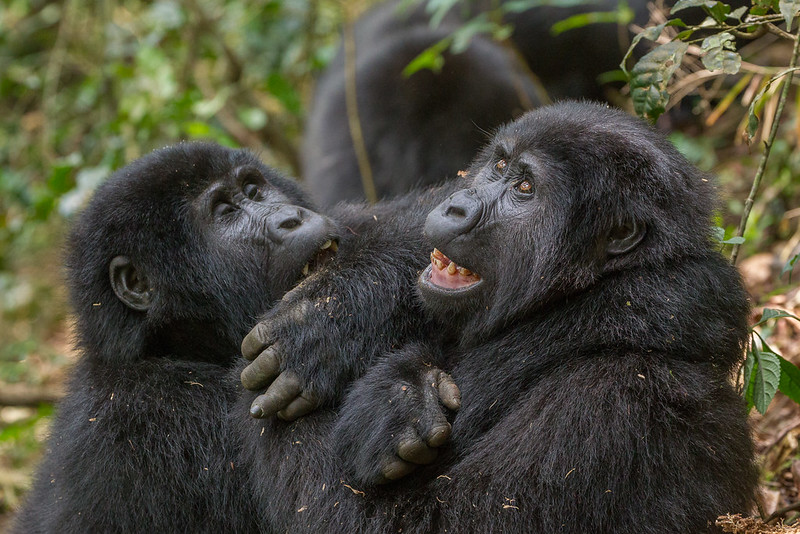Main threats to Mountain Gorillas
Mountain gorillas, an endangered species found in central Africa, are under threat. These untamed primates can be found in the northwestern Rwandan Volcanoes National Park, the southwestern Ugandan Mgahinga National Park, the southwest Ugandan Bwindi Impenetrable Forest National Park, and the Congo’s Virunga National Park.
Mountain gorillas are in risk from:
Loss of Habitat
The primary threat to mountain gorillas is habitat loss, which is caused by human-caused forest degradation and clearing.
Scarce Natural Resources
Competition for natural resources rises as the population surrounding the mountain gorillas continues to grow. This occurs as a result of the population’s ongoing struggles for survival, including competition for scarce natural resources like firewood due to deforestation and land conversion for agriculture.
The development of an economic system that satisfies people’s everyday needs will stop the loss of habitat and prevent people from viewing gorillas as rivals but rather as a beneficial outcome of their improved standard of living.
The act of poaching
Mountain Gorillas are still in danger from poaching. Numerous gorillas were murdered and their young were caught alive for trade as a result of the incidents that took place in 2002, 2004, 2007, and most recently, 2013. This was found after a baby was found outside of the Virunga National Park after being left in the field. More than fifty mountain gorillas were slain by hunters in another instance.
Although it is relatively uncommon, poaching of gorillas for food still occurs today. Although mountain gorillas cannot thrive in captivity, they were stolen in the 1960s and 1970s and sold to foreign nations for trophies and captive “zoos.”
Diseases Another danger to mountain gorillas is disease. Because of their genetic resemblance to humans, gorillas are more susceptible to a wide range of illnesses, and human-gorilla interaction can be fatal.
Despite the danger posed by game rangers, poachers, and the local population, tourists are advised to maintain a 7-meter distance from the mountain gorillas at all times. Because mountain gorillas live in groups, some gorillas have been observed to have common skin conditions like scabies and respiratory illnesses that can spread to the entire family.
And throughout interaction, they wind up spreading to other groups. The communities and residents in the affected areas who are subject to civil arrest pose additional risks to mountain gorillas.

